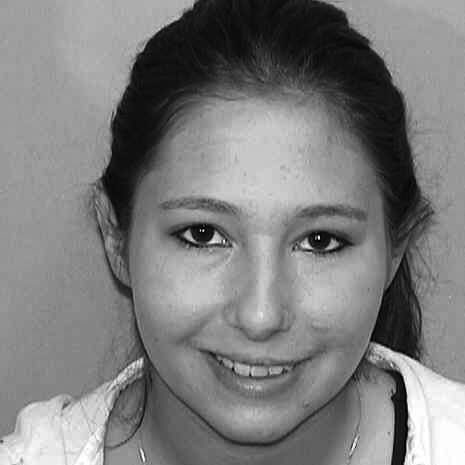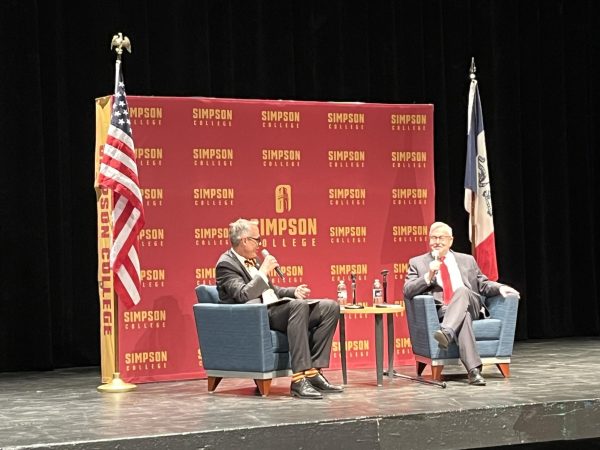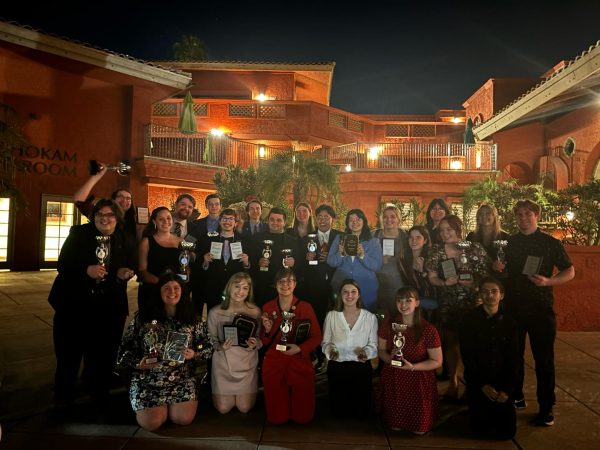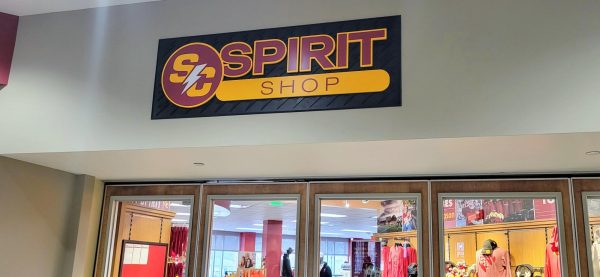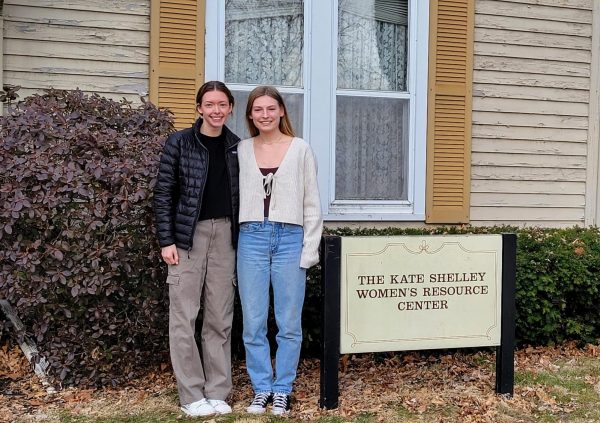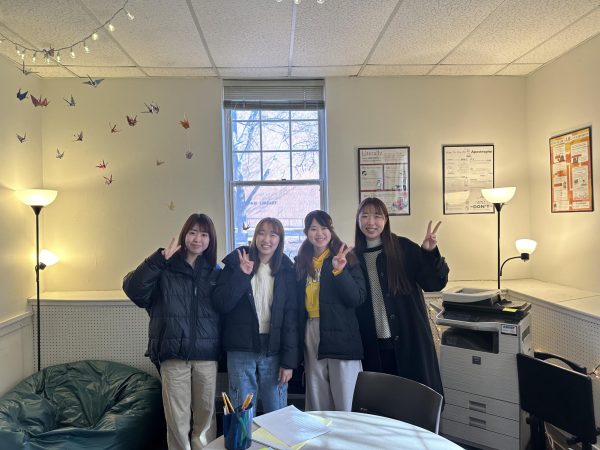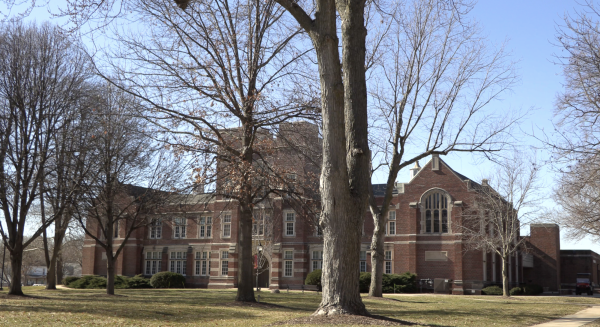Students selected for national research conference
February 7, 2012
Come March two Simpson students will be headed to Ogden, Utah to present their research at the National Conference for Undergraduate Research.
Senior Jacki Janecek and junior Adam Smith were selected from a pool of 3500 entries in areas of study ranging from poetry and the arts to math and sciences.
Janecek will present her project on statins (cholesterol-lowering drugs) and their anti-tumor effects on cells. This academic year she has prepared samples of mouse cells to test with the statin drug Simvastatin.
“We don’t have data yet from the experiments, but I’ve learned different research techniques, and it’s helping to develop my problem solving and critical thinking skills,” Janecek said.
Her preparations from last semester to this semester have set Janecek up to record results by March.
“She’s close to revealing more information…so far her work has been preparatory, preparing the samples, purifying the RNA that she needs,” said Pat Singer, professor of biology and head of the Department of National Science. “Now, she’s ready to use the RNA.”
Janecek isn’t the first student to research statins and their anti-tumor effects. Singer first brought the research project to Simpson in 2008.
“She’s kind of part of this piece of history, and then somebody else will take her place next year,” Singer said. “It’s kind of neat to have this continuous story going on with different storytellers.”
“It feels good because if one day it does get published or turns into something really amazing, then I’ll know that I was a part of it,” Janecek said.
While Janecek’s research is a continuation of four years of contributors, the project Smith will be presenting grew out of a class assignment for Lydia Sinapova, associate professor of computer science.
“She’s really told me to keep working on this project,” Smith said. “At first I wasn’t very excited about it, but as I’ve gone along I’ve gotten more into it.”
Smith will present his project “Applying Genetic Algorithms to the 2D Hydrophobic-Polar Protein Model” at the conference.
“I presented at the Simpson Research Symposium this past spring,” Smith said. “I don’t really like public speaking that much so I’m kind of nervous because I was worried about giving a presentation here so this will be even bigger, and that’s scary but sort of excited at the same time.”
Smith submitted his research at the urging of Sinapova.
“He was very successful, so I encouraged him to do more and more,” Sinapova said.
An algorithm is a set of steps that a person or computer can follow. In this case, Smith’s genetic algorithm uses the best possibilities by imitating natural selection.
Whether it’s developing an algorithm or culturing samples for testing, research at Simpson has allowed students to gain hands-on experience in their fields of study.
“This isn’t busy work, this is real,” Singer said. “She’s (Janecek) telling a real story and that’s what makes it more exciting.”
The students’ independent research projects have grown from the classroom to conference-worthy. The two have learned from the lab, listened to their professors and are leading the way for other Simpson students in submissions.
“It actually makes me feel like the research I’m doing does matter, and it’s something important,” Janecek said.
“If people are working on something that they, especially if their professor (says) you should, submit it to something,” Smith said. “I didn’t really think this was a huge project or something that amazing, but it’s been accepted into this.”



